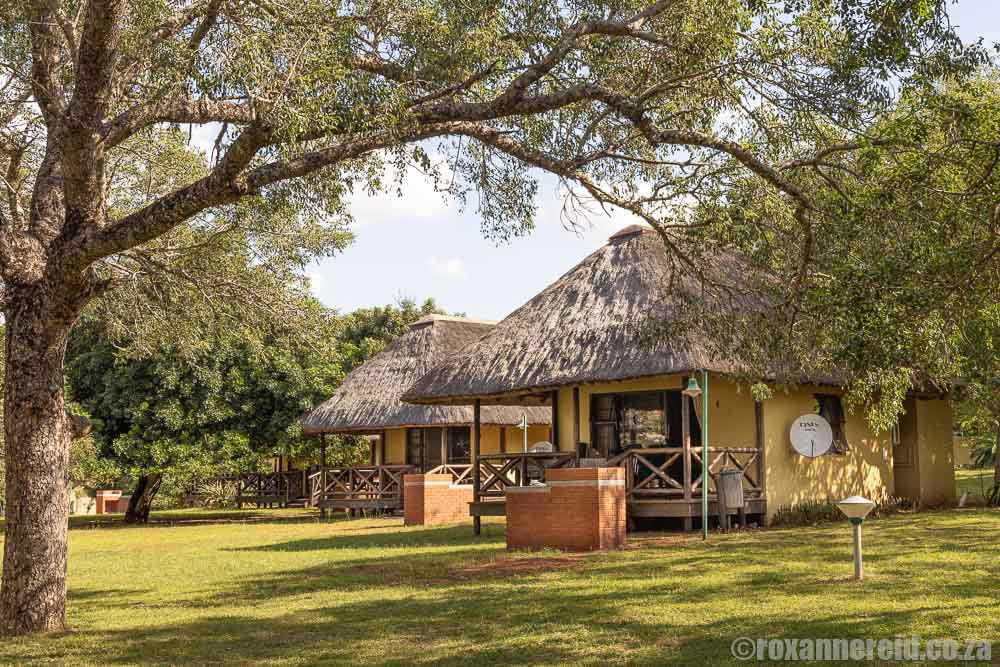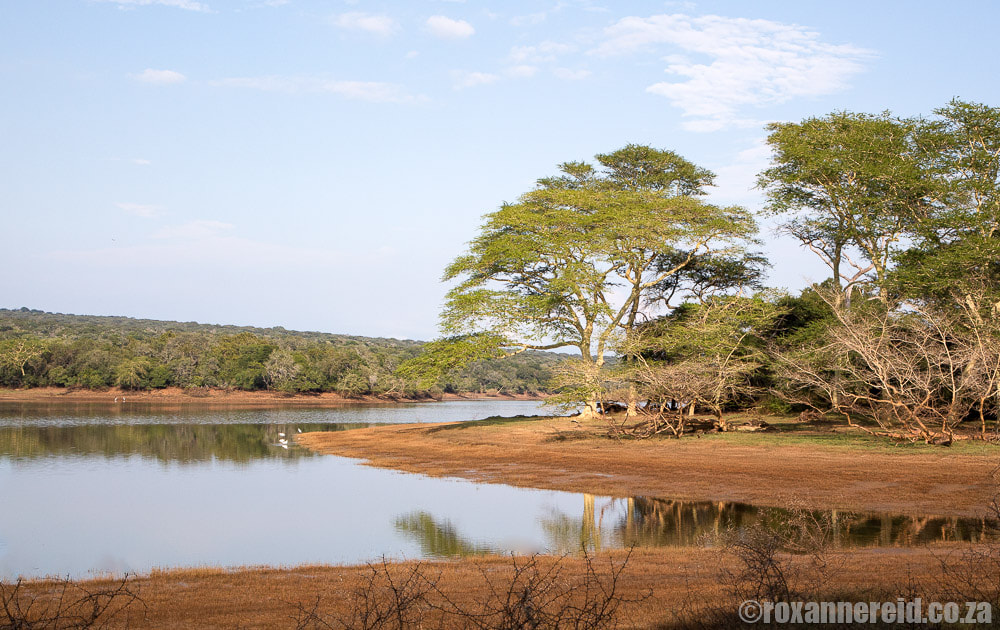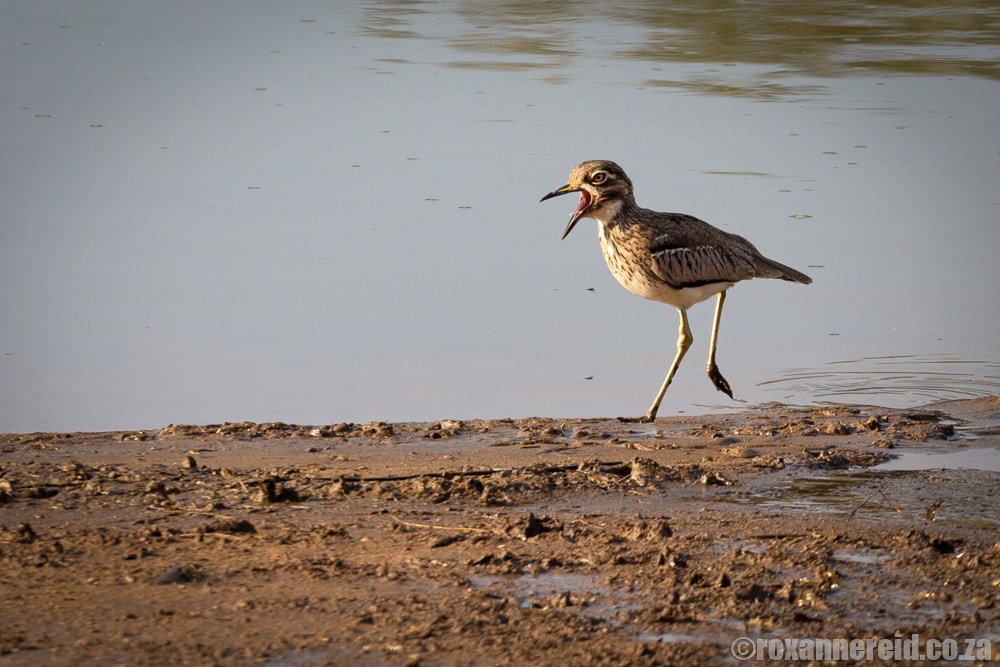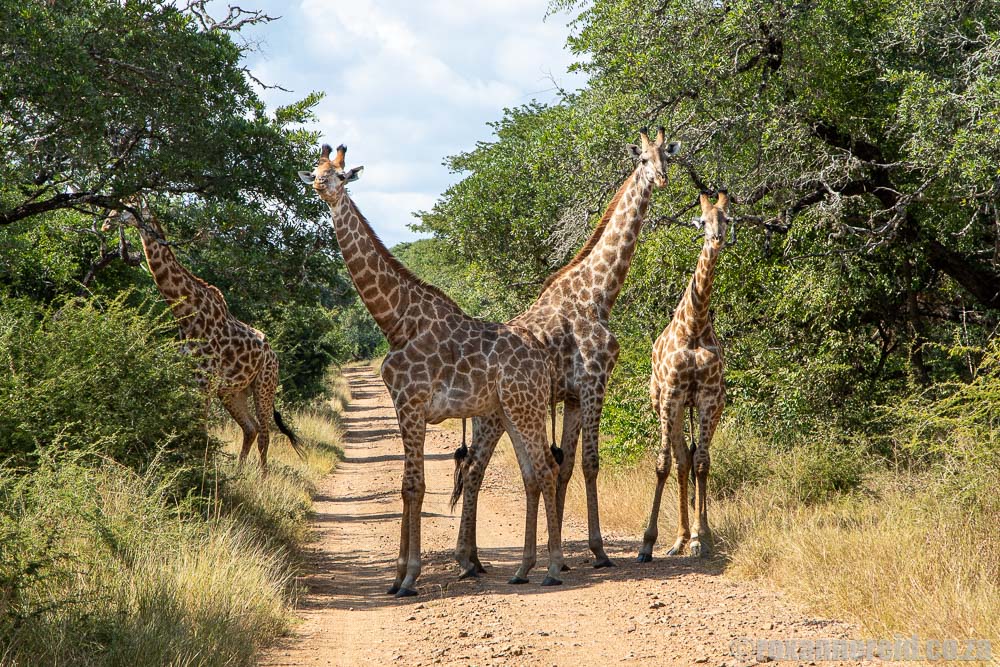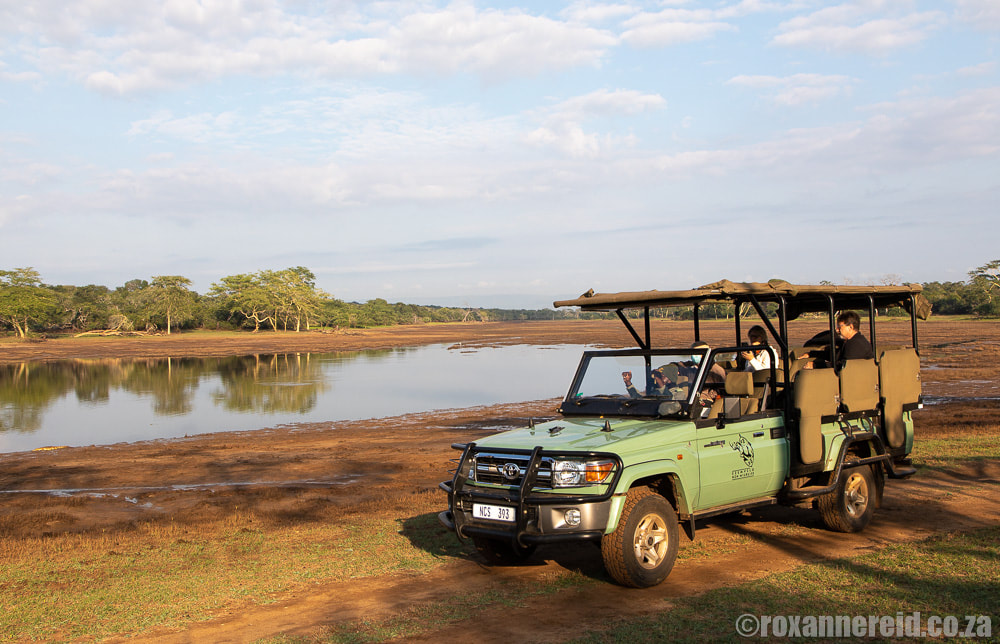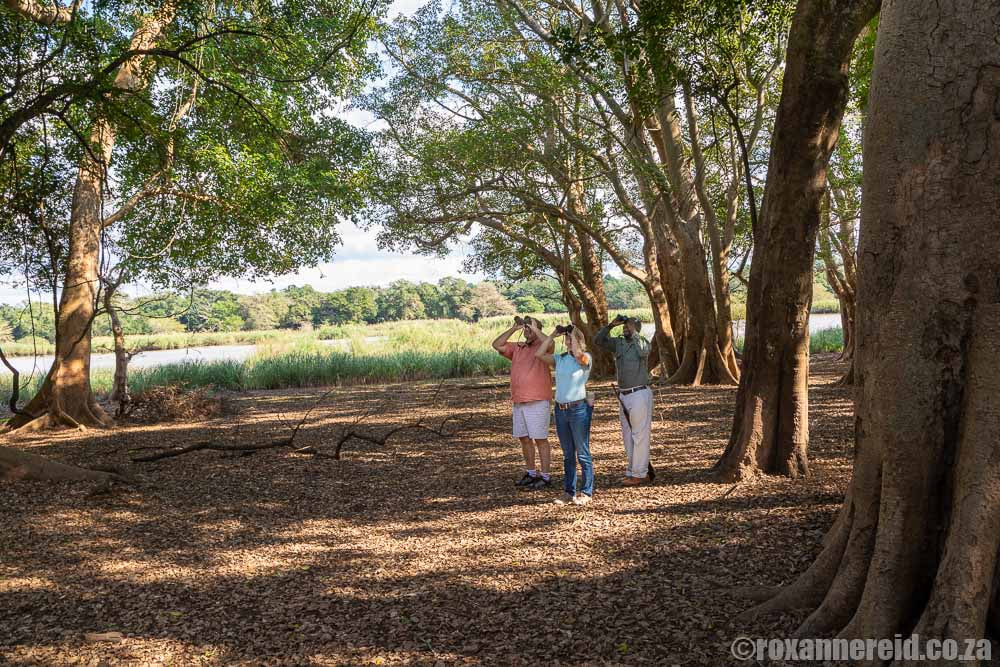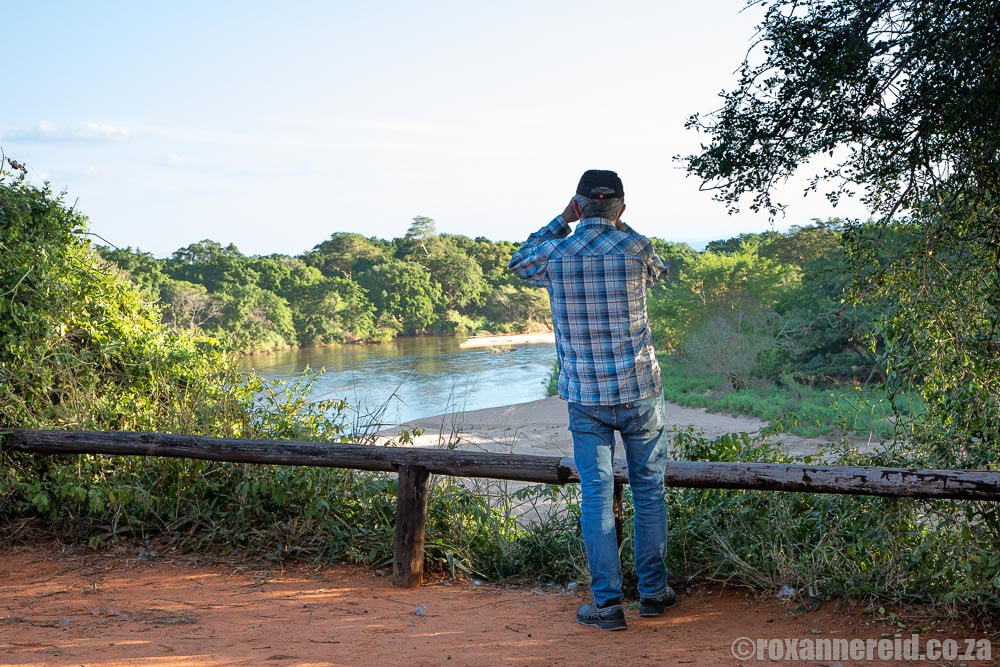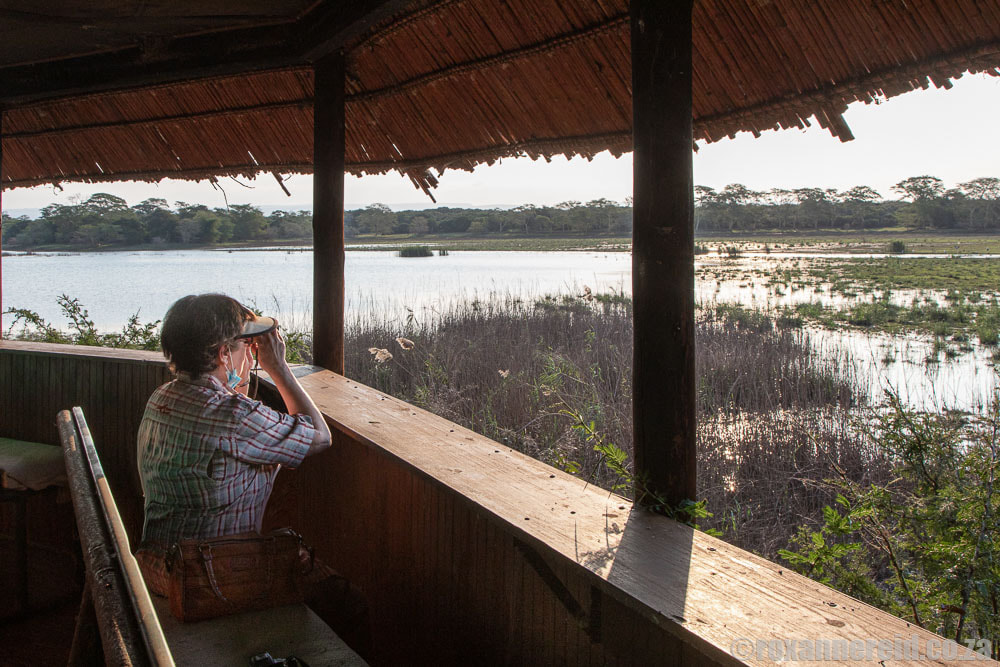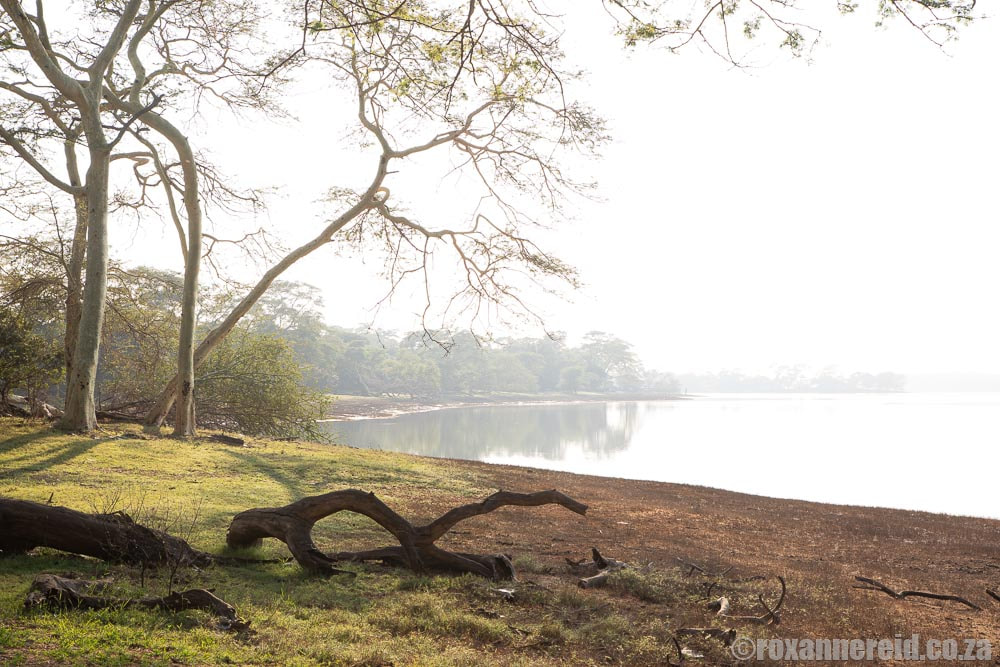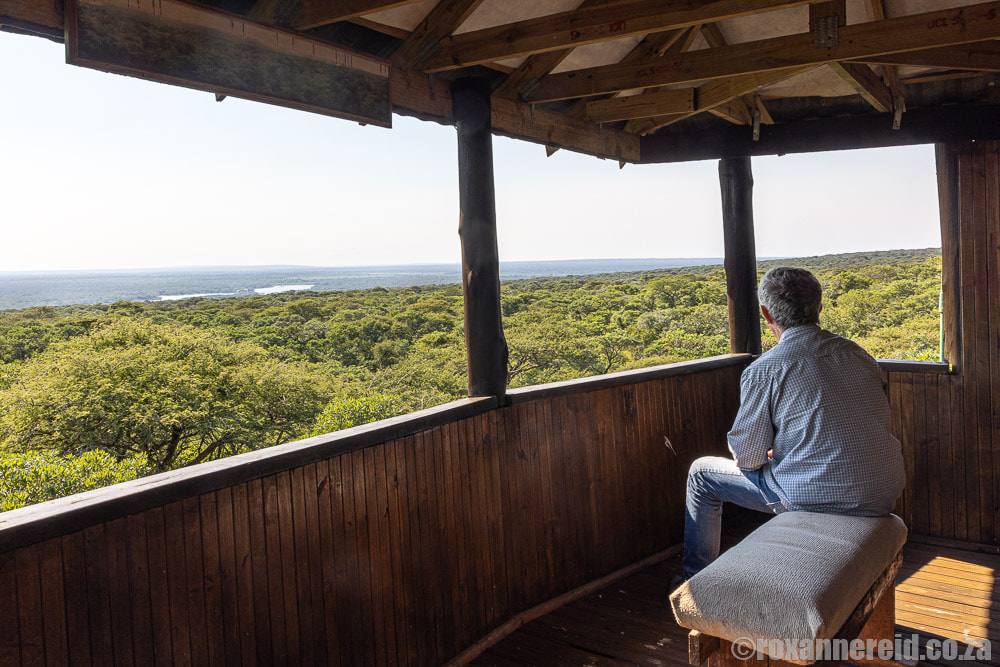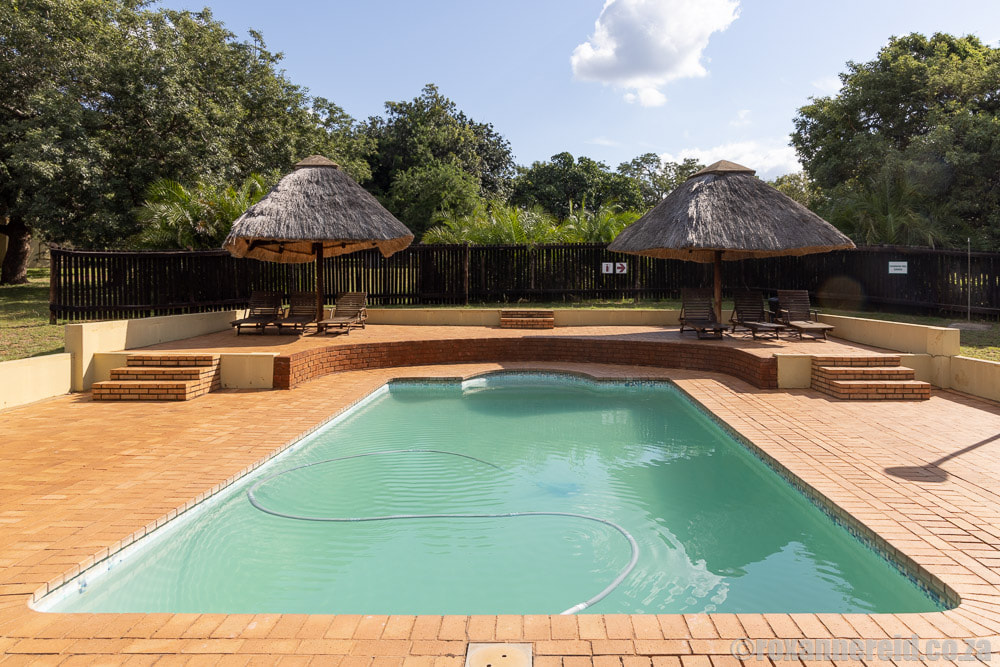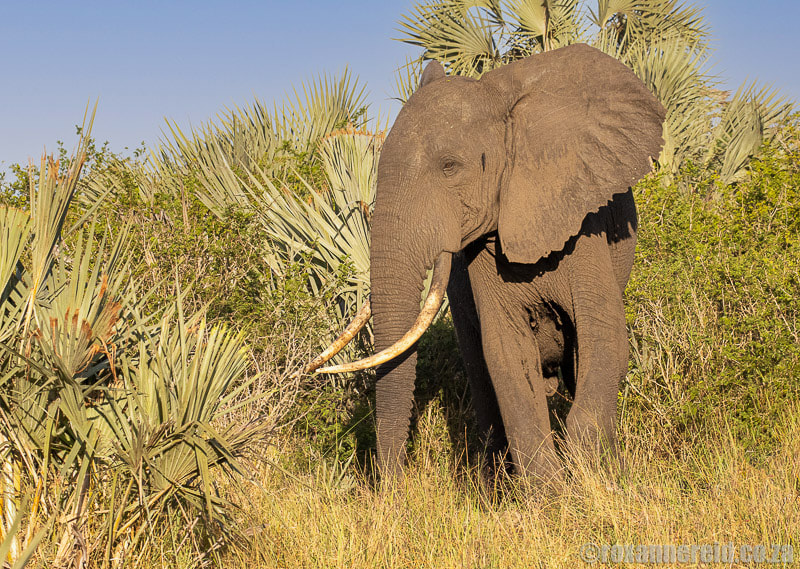By Roxanne Reid
If you’re a nature lover and seeker of birds, you simply must visit Ndumo Game Reserve in Maputaland on the border between South Africa and Mozambique. Find out everything you need to know about things to do in Ndumo, its roads, landscapes, animals, trees and conservation challenges, as well as its accommodation and campsite.
For a small reserve of just over 10 000 hectares, Ndumo Game Reserve has one of the highest numbers of bird species in South Africa – a healthy 430. This is thanks to its variety of habitats from acacia savannah and sand forest to wetlands, reedbeds and beautiful pans fringed with yellow fever trees.
Hidden away in the far north-western reaches of KwaZulu-Natal, the reserve was originally proclaimed way back in 1924. In 1997 it was declared a Ramsar Wetland of International Importance. Part of its charm is its remoteness and quietness, a welcome reprieve from the tourist bustle of parks like the Kruger National Park or even Hluhluwe-Imfolozi Game Reserve.
What Ndumo offers is perhaps best suited to people who have been on safari many times before, have ticked off the Big Five, and are keen to enjoy a more peaceful time in nature, with the ability to zone in on birds and other smaller creatures. And that’s not to mention the beauty of tree-lined pans like Nyamithi, Shongwe and Bhakaphaka.
Best things to do at Ndumo Game Reserve
1. Go birding
For me, the highlight of any visit to Ndumo is the birding, with a chance for even well-seasoned birders to tick off a few species they’ve never seen before. Think palmut vulture, African broadbill, narina trogon, Eastern nicator, blue-mantled flycatcher, crested guineafowl, purple-crested turaco, pink-throated twinspot and Rudd’s apalis, the latter two our ‘lifers’ on our latest trip. The full list includes around 430 species, with many tropical East African birds found here at the southern edge of their range. There’s also a wealth of waterbirds like African spoonbill, black egret, white-faced duck, pygmy egret, African jacana, African fish-eagle and the elusive Pel’s fishing-owl. Even at the rest camp and campsite, you can spot lots of birds in the trees if you wander around with your binos.
If you’re really keen, go for a guided walk (see point 4). The guides here are superb at spotting birds and identifying bird calls. A guided drive along the northern edge of Nyamithi Pan (this road is closed to the public) can also be a feast of birds.
2. Take a game drive in your own vehicle
There’s a network of gravel roads you can explore in your own vehicle although vast swathes of the reserve remain untouched by public roads; you’d have to take a guided drive or guided walk to get access to those (see points 3 and 4). This isn’t a big Five reserve so you won’t find lions or elephants on your drive, but animals like buffalo, hippo, crocodile, giraffe, nyala, red duiker, grey duiker, bushbuck, impala and suni do live here. Although most of the gravel roads are suitable for normal vehicles, some roads may be closed when they’re wet. These will be marked for you on your map when you book in. There’s also a 4×4 trail in the Red Cliffs area (clearly marked on the map you get at reception) so unless you have a 4×4 you’d need to avoid it.
3. Enjoy a guided game drive
Depending on the demand and the availability of guides at the time you visit, you may be able to do a guided game drive. We were lucky to have Joseph Gumede as our guide and another two keen birders on our vehicle so it turned into a wonderful combination of game drive and bird drive along the northern edge of Nyamithi Pan where the ghosts of yellow fever trees loomed in the early morning mist, clearing later to produce a wealth of waterbird and wader sightings.
Apart from bateleur, brownhooded kingfisher, blue waxbill, crombec, trumpeter hornbill and many other birds, we also spotted giraffe (including one so tiny it still had its umbilical cord attached), nyala, impala, and a tiny suni skulking in the bushes. We enjoyed driving through pretty forested areas and taking a walk through a copse of sycamore fig and Natal mahogany trees near Shokwe Pan. Shokwe Pan is much deeper than Nyamithi so there were fewer wading birds but we did see hippos and hear two fish eagles calling to each other.
Arrange your guided drive at reception when you book in, or at least the day before.
4. Don’t miss a guided walk
Whatever you do, don’t miss a walk at Ndumo with a guide. Again, arrange this at reception the day before you want to walk otherwise you may be disappointed. Both guides we interacted with were a source of fascinating information about the trees, plants, mammals and birds of Ndumo and this will hugely enrich your knowledge and experience of the reserve. The guided walks are the best way to get close to nature, to use all your senses, and to spot lots of bird species. The three-hour walks ramble around pans where you’re also likely to see hippos wallowing, and other animals coming to drink.
5. Have a picnic at Red Cliffs
When you go for a self-drive game drive, pack your coffee and rusks or a simple picnic to take along with you to enjoy at the attractive Red Cliffs picnic site. There are picnic tables and braai places too. It’s a chance to stretch your legs and enjoy the views over the Usuthu River into Mozambique. You may spot animals drinking at the river or birds flitting about in the trees. Do be on the lookout for monkeys who might be keen to grab your food. There are toilets here too.
6. Spend time in a bird hide
There are a couple of hides overlooking Nyamithi Pan, where you can watch birds and animals at the water’s edge. When we visited we saw lots of pelicans and a huge nesting colony of herons, egrets and yellowbill storks, which all breed here and were kicking up a great din. Other birds you might find include kingfishers, Burchell’s coucal, African fish-eagle, cormorants and openbill stork. It’s about a 450m walk from the parking spot to the Ezulweni Hide along the southern shore of Nyamithi Pan. When we visited, the other hide nearby was closed for repairs.
7. Learn about the trees
A guided drive or walk is a great opportunity to learn about the trees and shrubs of Ndumo. I particularly enjoyed the range of large trees, from black monkeythorn, sycamore figs and Natal mahogany to marulas and yellow fever trees. For instance, did you know that yellow fever trees have a clever technique of dealing with the salt in the pans? One branch will absorb all the salt and eventually die, protecting the rest of the tree. Also, there are thorns on the lower braches to protect against overfeeding by animals whereas there are no thorns higher up at the top where even giraffes can’t reach.
8. See the reserve from the viewing tower
About 1km from the entrance gate to the reserve and along its southern boundary is a viewing tower that’s worth a stop to get a bird’s eye view over the treetops towards Nyamithi Pan.
9. Cool off in the pool
On a hot summer’s day there’s nothing better than to spend some time in the pool at the rest camp. In fact, multiple dips may be recommended in high summer. We visited in May, which is almost winter, and it was still hot enough to swim. Both visitors to the rest camp and the campsite may use the pool.
10. Visit Tembe Elephant Park nearby
If you simply must have a chance to see the Big Five, combine your visit to Ndumo with an excursion to Tembe Elephant Park. It makes sense since they are only about 40km apart. You can visit for the day if you have a proper 4×4 to drive the deep sandy tracks, in which case there’s no need to book ahead for your day visit. If you don’t have a 4×4, join a three-hour guided drive in an open safari vehicle. These drives start at 10:00, giving you plenty time to get there from Ndumo. It’s essential to book ahead for a guided drive.
For more information on Tembe and what to see and do there, see my post Tembe Elephant Park – a Big Five reserve in KwaZulu-Natal.
Conservation challenges
Much as I love Ndumo Game Reserve for its tranquility, birding, beautiful pans, soaring fever trees and sycamores, it does have its problems. For instance, our guide told us that rangers couldn’t cut and remove a tree we saw down across the road near Shokwe Pan because they didn’t have a chainsaw in working order. So lack of resources is one issue.
Snaring for bushmeat is another, and one that has been exacerbated by poverty during the pandemic. On our way back to camp from our guided drive, we saw a giraffe with a snare around its very swollen ankle. I asked if there was a vet who could dart it to remove the tightened snare but the guide said no, not for a giraffe, maybe only for a rhino.
But although Ndumo used have a fair-sized population of both black and white rhino, there are none left. Poaching for rhino horn reduced the numbers to a measly six individuals, which were removed in 2017 in an effort to save them from what seemed would be certain death at the hands of poachers.
In the 2000s two communities, which had been removed from the…
